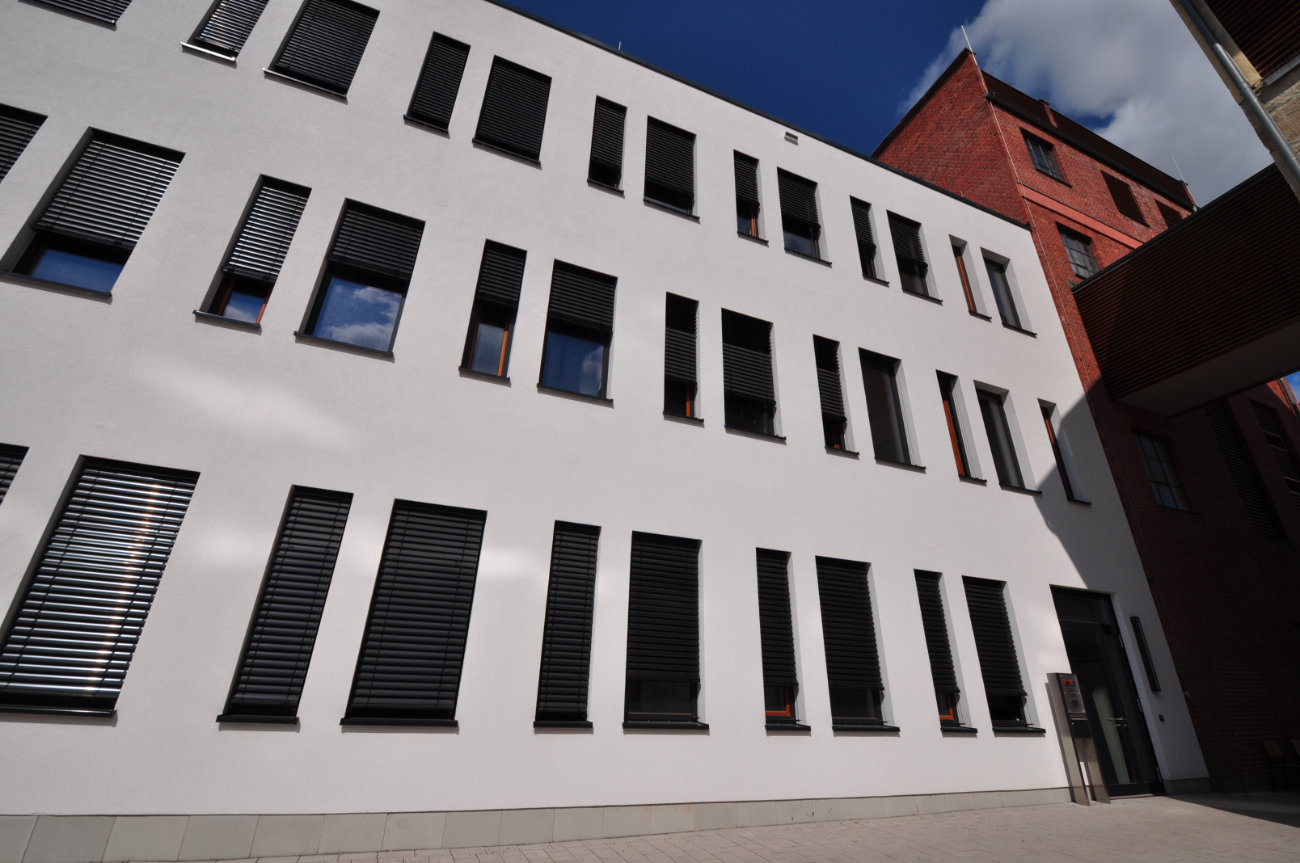Acoustics
Since its foundation, the Institute of Sensor and Actuator Technology has been conducting research in the field of acoustic sensors and actuators. The main focus is the development of sensor and actuator solutions based on so-called guided acoustic waves, a special form of ultrasound. The acoustic processes being developed at ISAT allow non-invasive non-destructive sensor solutions to be implemented, which can be integrated into existing processes or products and provide measurement data in real time that can contribute to improving the process or product quality.
Optics
ISAT is active in the design and simulation of optical components and systems, in particular microoptics, integrated optics and fiber optics. Through the use of intelligent image processing algorithms, it is possible, for example, to perform orientation-/position recognition, form-/measurement checks, completeness checks or surface inspections of objects. Potential areas of application can be found both in production-/manufacturing plants and in autonomous driving. Furthermore, optical components and sensors can be used in the field of chemical and biological analysis, e.g. for the detection of reaction products.
Fluidics
ISAT has expertise in the development of microfluidic components for dosing, mixing and measuring liquids in the smallest space. The photolithographic process chain available in the clean room can be used to produce microfluidic chips in the smallest format. These lab-on-a-chip units can be used for continuous and automated measurement of microbiological contaminants in water, for example, or in medical diagnostics as patient-oriented diagnostic procedures. By combining microfluidics with innovative sample preparation and detection methods based on guided acoustic waves and microoptics, robust, sensitive and user-friendly miniaturized analysis units can be developed.









 Hochschule Coburg
Hochschule Coburg

 ISAT
ISAT